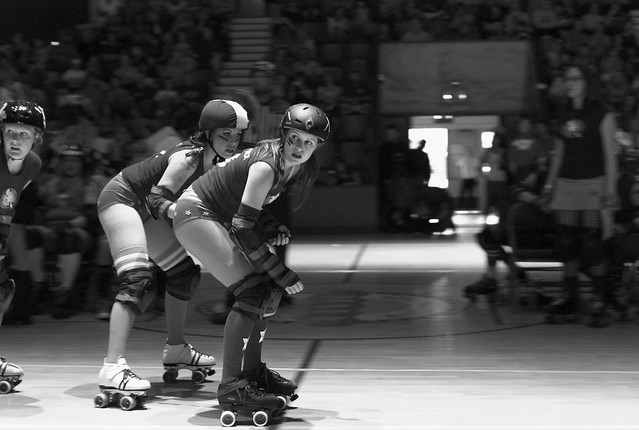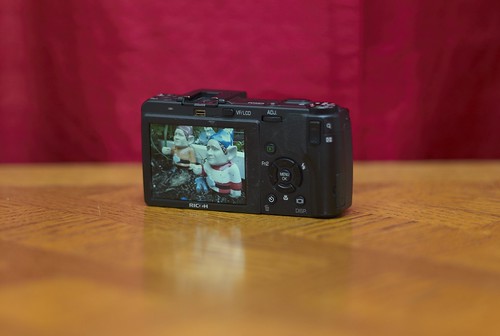My name is Mark “nocklebeast” Nockleby and I’m a roller derby fan and photographer.
My interest in photography has waxed and waned and waxed again since junior high/high school when I shot with a Minolta XG-M. I took a black and white photography course in college.
hydrant by nocklebeast (1989)
After a dry spell, I was seduced my “lomography” and plastic cameras.
Walkin' the dog by nocklebeast (2007)
My experience with digital photography started with a couple of crappy point and shoots, which I mostly used to take photos of potholes. So I could more effectively complain about them.
Front Street pothole by nocklebeast (2007)
In the summer of 2007, I saw my first roller derby bout, the first round of the Rat City playoffs. It was epic. I wrote a gushing fan boy account of the bout here: http://nocklebeast.blogspot.com/2010/03/it-only-takes-one-bout-to-get-hooked-on.html.
For my choice of my first fancy digital camera, the seed was planted by a friend in Seattle, and in February 2008, I succumbed to Leica’s marketing and the notion of shooting with a digital camera with the least amount of computer in it. One of the design goals of Leica’s first digital rangefinder was to use the same lenses as their film rangefinders, which meant lenses with manual aperture and manual focus.
Does this lens work? by nocklebeast (2008)
In March 2008, I found a Santa Cruz Sentinel article about Santa Cruz Roller Girls’ first bout at the Civic. I kicked myself for missing it, and I immediately went online to buy tickets for the next bout. The Civic’s website said that photography is forbidden for some of their events. “Oh, I just got this fancy new camera! That would be a blast!” (Never mind that rangefinders are supposedly not suited to sports photography). I haven’t missed a Santa Cruz bout since (and I still occasionally shoot film at the bouts).
Get the jammer by nocklebeast (2008)
I’ve also attended some Silicon Valley and Bay Area bouts, and some WFTDA tournaments, and I made it back to Seattle for one Rat City bout since my first bout there.

Pia with the star off by nocklebeast (2009)
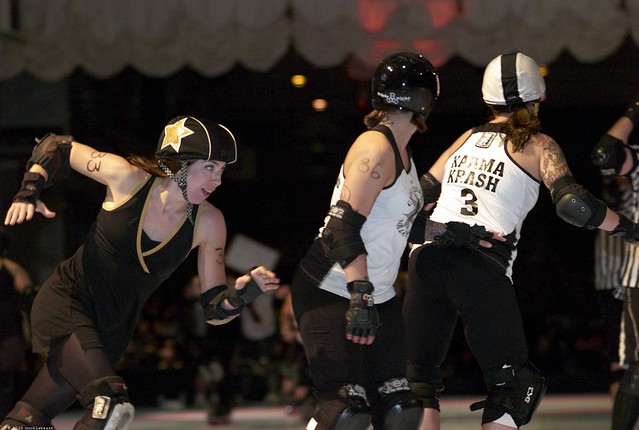
Burlybot skates fast by nocklebeast (2010)
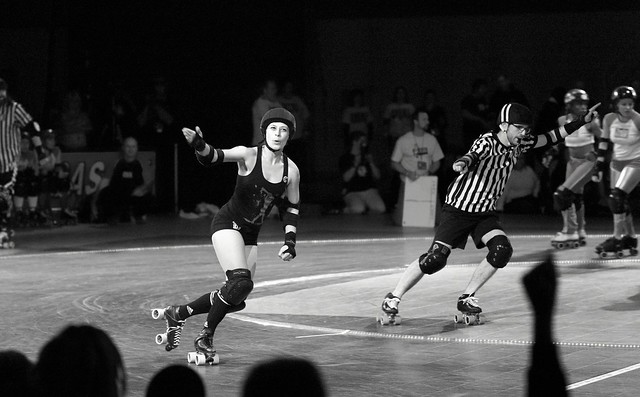
blowin' kisses to the crowd by nocklebeast (2008)

Hambone, watching, waiting by nocklebeast (2009)
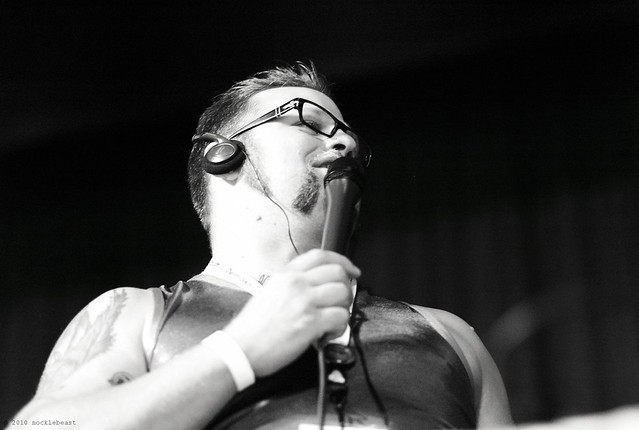
Dumptruck calls it by nocklebeast (2010)

jammin' by nocklebeast (2010)
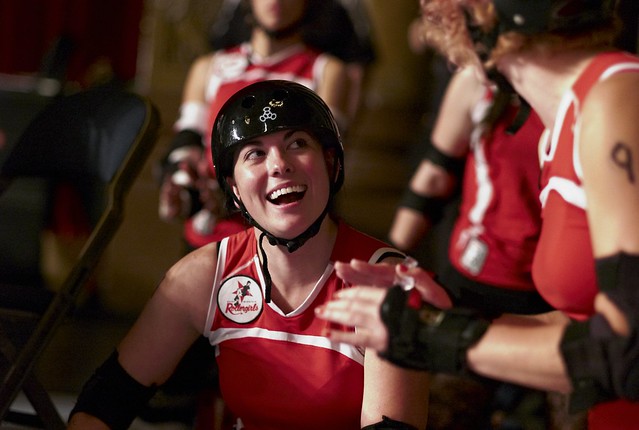
Psycho Babble by nocklebeast (2010)

put me in Coach by nocklebeast (2009)





